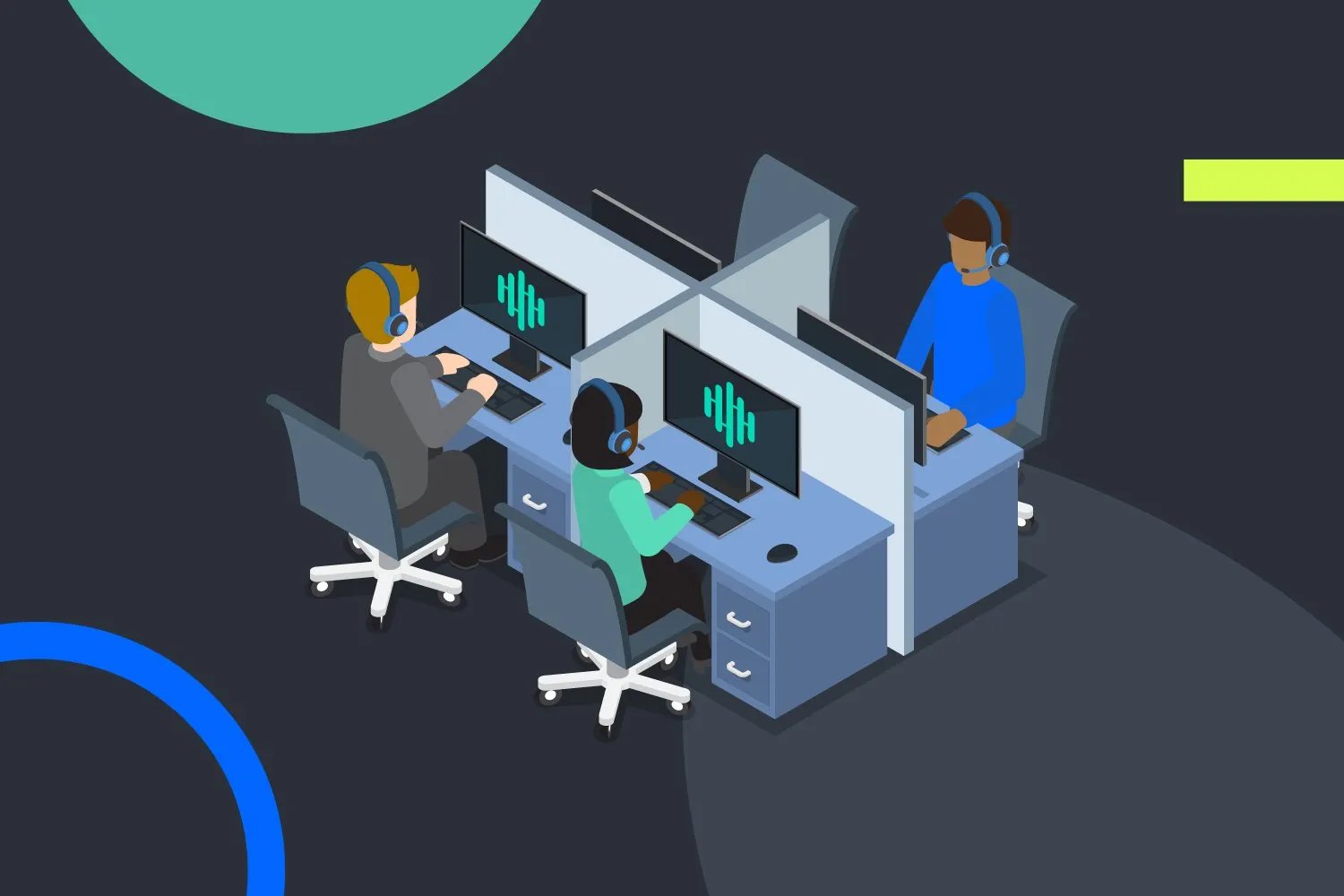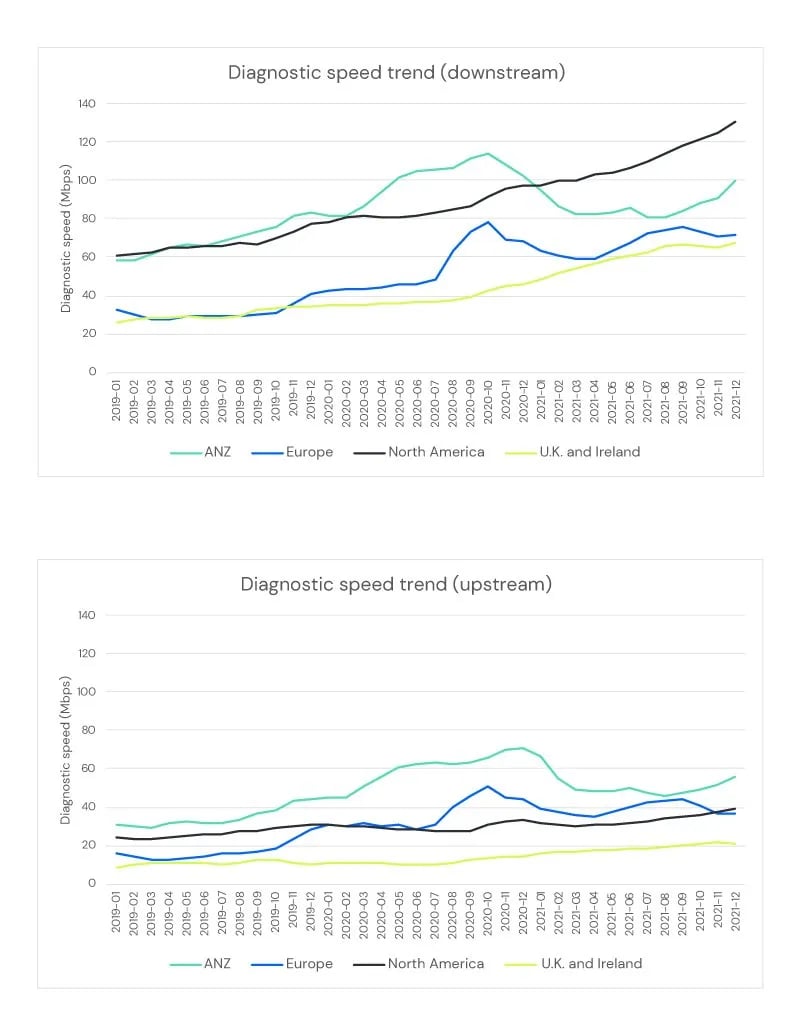Insider insights: What’s the root cause of ISP support interactions?

Managing the quality of experience (QoE) that subscribers receive is more of a priority for internet service providers (ISPs) than ever before. In the last decade, ISPs have both enabled and endured various shifts in consumer usage—from HD video streaming to cloud-based gaming, smart device adoption, mesh networking, and the impacts of the COVID-19 pandemic.
Based on analysis of data from over 3,000 ISPs in 200 countries, we discovered that thanks to the efforts of ISPs, both upstream and downstream speeds have seen massive increases over the last few years. Since 2019, we’ve seen as much as 185% and 167% increases respectively.

Even with these increases, though, internet users are facing significant connectivity issues due in large part to smart home device increases and other pandemic-related behavior. These shifts in usage have put an enormous amount of strain on home networks, creating issues that can create more work than ISP technical support teams are equipped to handle.
In fact, once a home network hosts more than six or seven devices, it’s more likely than not that at least one device will suffer from a poor-quality connection.
To better understand the root causes of support interactions between subscribers and ISPs, we explored our own data from millions of home network diagnostic scans to illustrate key insights in a new research report, ISP support experience report: A global look at what’s driving ISP support interactions.
Key takeaways
This collective view of the data from millions of in-home network diagnostic scans highlighted several essential conclusions that can help ISPs reduce costs and improve subscriber satisfaction, including:
- As much as 50% of overall support engagements can be traced back to problems with the home WiFi setup. It’s clear this is a major problem point for ISPs. By helping to prevent these problems in the first place and by diagnosing and resolving them more efficiently when they do happen, ISPs have an opportunity to dramatically reduce costs and improve customer satisfaction (CSAT).
- Subscribers aren’t rightsizing their internet service packages, and that’s creating additional issues for ISPs. Every new device added to a home network must compete for shared resources, which contributes to the potential for poor subscriber experiences and costly support interactions.
- No matter the size of their subscriber base, ISPs must contend with a diverse mix of CPEs. Through this report, we observed roughly 300 CPE manufacturers and several thousand models before considering firmware versions. This undermines ISPs’ ability to get consistent visibility.
- Universal, understandable, and convenient diagnostics are essential both for subscriber self-service and for equipping service agents with the appropriate information.
